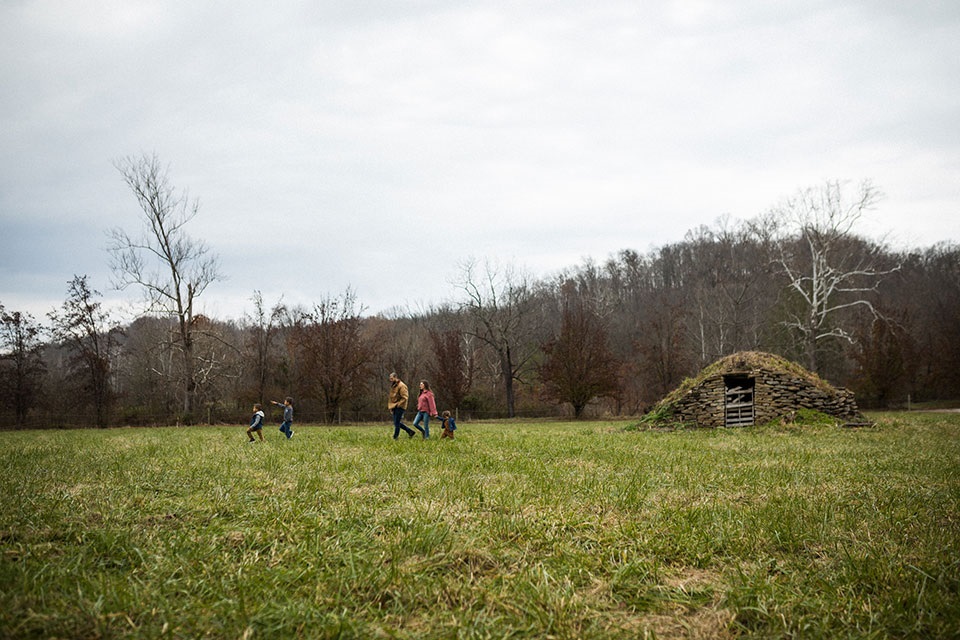Thinking about building your dream home out in the country on your own land? If building that home isn’t feasible in the near future, you can purchase land now to build on later.
Some lenders offer land loans for the purchase of raw, undeveloped land. The terms and lender requirements for these kinds of loans can vary. These loans are different from lot loans, where the land being purchased must already be zoned for residential use. Interest rates on land loans can be higher than those of traditional home mortgages. Fortunately, Rural 1st offers fixed rates on bare land with the option to convert the loan when rates go down.
To qualify for a land loan, you’ll need as little as 15%* of the purchase price to make a down payment and good credit. But there are other steps you should take to ensure you are able to use the land for its intended purpose, even if building that dream home is still a few years down the road.
Zoning is one of the biggest challenges people face when buying bare land to build on later. It’s important to research local zoning laws, building codes and regulations. The land will need to be zoned for residential use, and you’ll eventually need the necessary permits to build the type of home or structure you have in mind. Make sure to review the deed for minimum square footage requirements, building type restrictions and allowable external materials. Remember to check for an ag or wildlife exemption on the land and understand the requirements to maintain such an exemption if it exists.
You should also consider the condition of the land itself. It’s important to make sure up front that your land is accessible or that you understand what you may need to do to make it so. Access issues can impact property value. Make sure the land is also accessible for utilities such as water and electricity. If it is not, you’ll be responsible for bringing those amenities on site as part of the construction process, and it will be important to factor these improvements into the final cost of construction. We can connect you with the appropriate resources to determine your land’s accessibility.
It’s always a good idea to have the land inspected by a professional to identify any potential issues that may arise during the building process. Rural 1st acknowledges any existing site improvements such as outbuildings as well as acreage toward equity, which will help you qualify for the maximum loan amount.
Finally, it’s important to have a solid plan in place for future construction. We typically recommend construction begin within five years of the land purchase. You’ll need to have a clear timeline for when you plan to start and complete construction. Building a home can be expensive, so it’s important to have a realistic understanding of what you can afford.
Buying land to build on later can be a great way to achieve your dream of owning rural property. Just make sure to do your research, have a solid plan in place and work with a trusted lender like Rural 1st and other experts to guide you every step of the way.
To get started, reach out to us today.
*A $400,000 loan would require a 15% down payment with a monthly principal and interest payment of $2,528.27 for 360 months based on 6.65% annual percentage rate (APR). Assumes $8,293 in closing costs. Monthly payments do not include amounts for taxes and insurance premiums so the actual monthly payment will be greater if an escrow account is established. Available rates and terms including the APR are subject to change without notice. The APR is based on the best available interest rate as of 12/01/2025.



